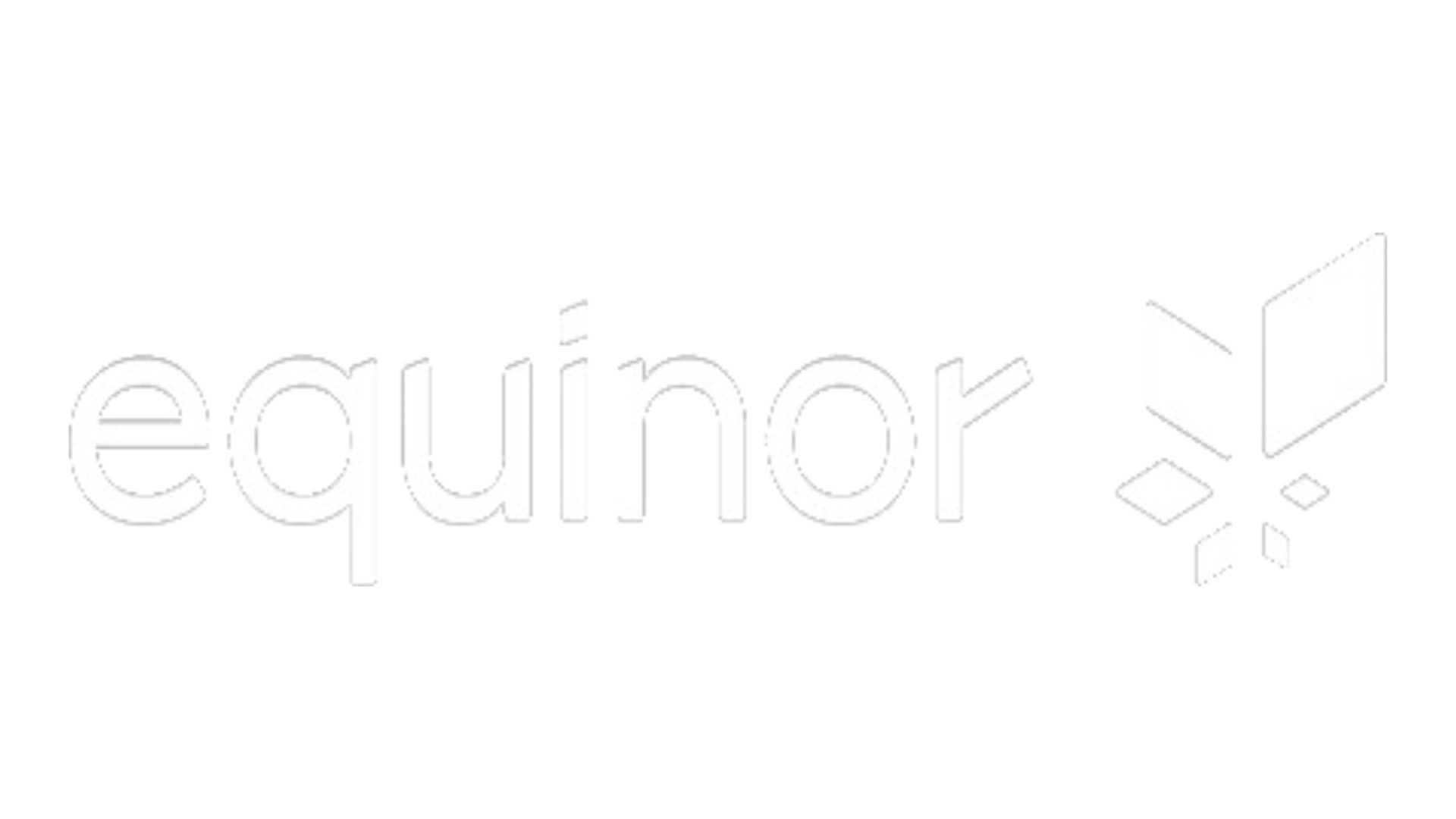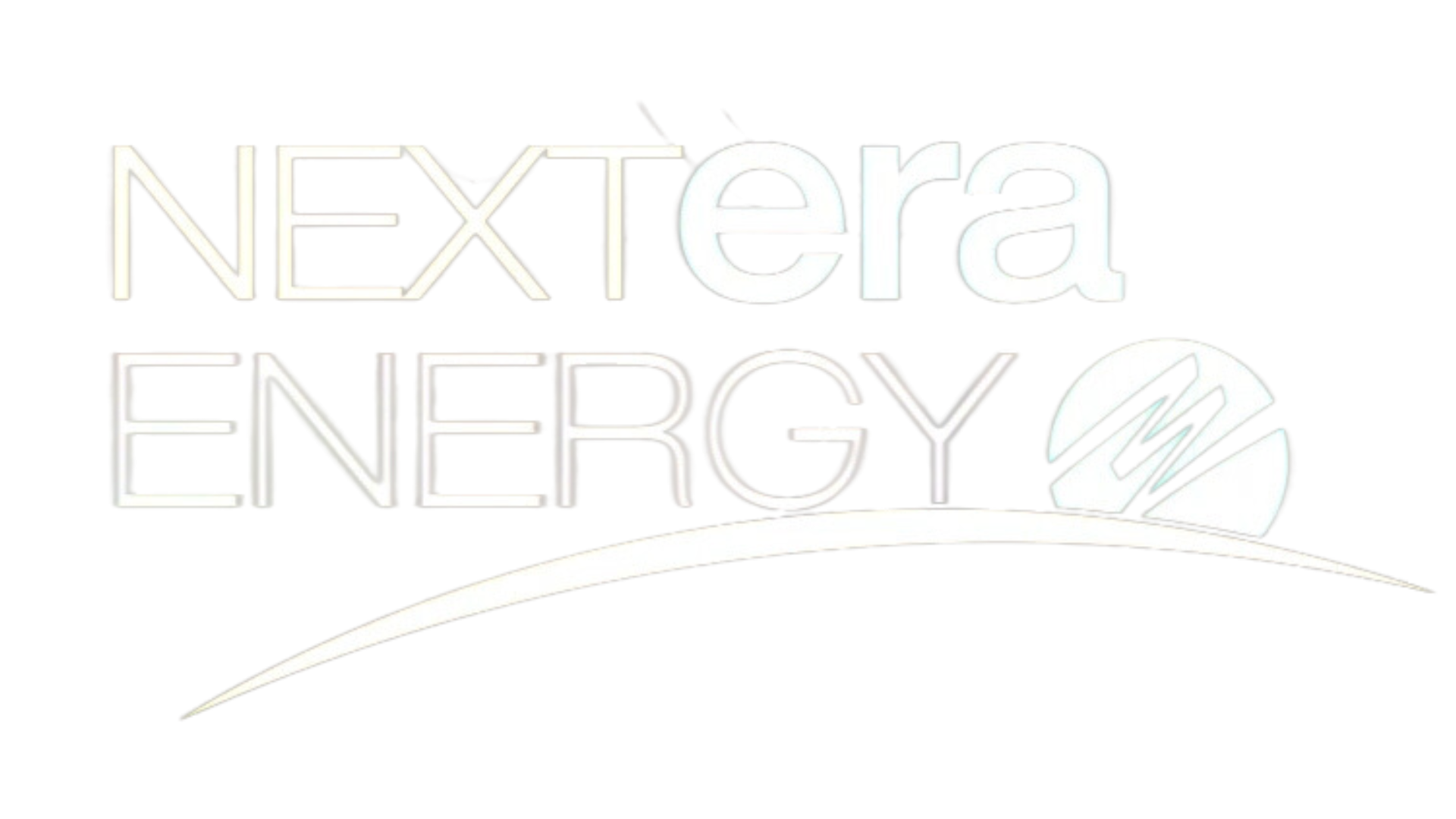Did you know that March 14th is National Learn About Butterflies Day? Monarchs are one of the most commonly recognized butterflies in the US. Test your monarch knowledge by checking out some of our facts.
While big changes are necessary to fight climate change on a policy level, you can start making tiny changes today in your own home to reduce your carbon footprint. Check out our tiny tips for going green at home.
Doing laundry is a chore, but did you know that it is also a burden on our planet? Residential laundry generates 8.29% of total residential carbon emissions. Make this dirty job a little less dirty by trying out some of our tips.
If you’re talking with someone who seems to be rethinking their skepticism about global warming, be an informed spokesperson for the environment by mentioning these quick facts about climate change and its impacts.
With Valentine’s Day approaching, you may be thinking of ideas for showing your sweetheart how much they mean to you. Many products sold for Valentine’s Day are not manufactured sustainably and are usually single-use. Why not also show the planet some love this year? Check out our tips for a greener Valentine’s Day.
Now that the holidays are behind us, it’s that time of year when people are trying to get back into shape. Way to go! Did you know that your workout might be impacting the environment? Give these green tips a try for a more sustainable exercise routine.
“New year, new you,” right? As we leave 2018 behind and look forward to 2019, it’s time to start thinking about our new year’s resolutions. Normally, a new year means trying to make some positive changes in your life. This year, why not incorporate some new green habits to help out the environment? Some simple changes to your lifestyle can have a huge impact.
Americans produce around 25% more waste from Thanksgiving to New Years Day. From wrapping paper, used Christmas trees, to extra cookies, how can we cut down on the waste by creating more sustainable (but still meaningful) holiday traditions? Check out our Christmas (red) and green tips.
Road salt is used to prevent ice from forming in winter, however, it also comes with an environmental price. Here are some tips for keeping roads safe while minimizing the impact on the environment.









